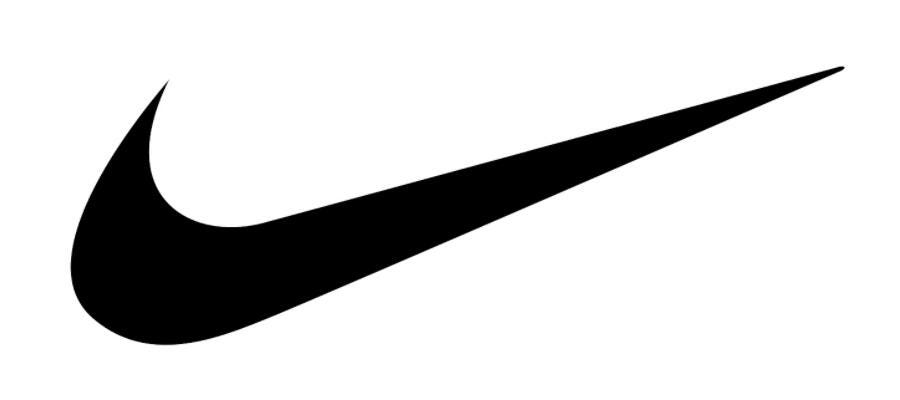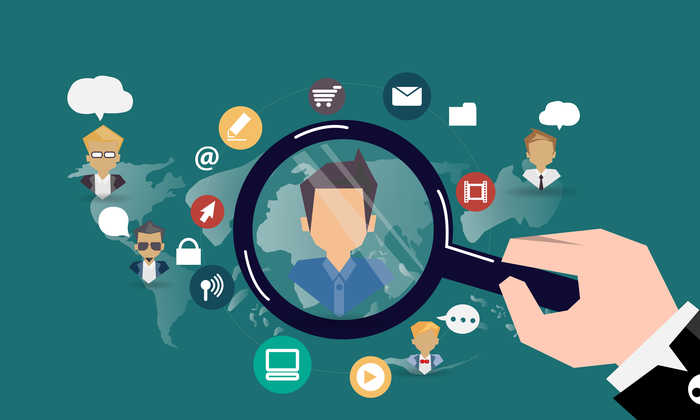A logo is an essential part of a brand’s identity. It is the face of a company and can communicate its values, products, and services to potential customers. Creating an effective logo design is crucial to establishing a brand’s presence in the market. In this article, we will discuss some tips for creating effective logo designs.
Keep it simple

A simple logo is more memorable and recognizable than a complex one. It’s important to focus on the core message you want to convey and choose a design that reflects it in a simple and clear way.
Choose the right font

Typography plays a significant role in logo design. The font you choose should reflect the personality of the brand and be easy to read at different sizes. It’s important to avoid trendy fonts and choose a classic one that will stand the test of time.
Use color strategically

Color can evoke emotions and convey meaning. It’s important to choose a color palette that reflects the brand’s personality and values. Using too many colors can be overwhelming, so it’s best to stick to two or three that complement each other.
Make it versatile

A logo should be versatile and work in different contexts, such as print and digital media. It’s important to design a logo that is easily scalable and works well in black and white.
Be original
A unique logo design will stand out from the crowd and be more memorable. It’s important to avoid copying other logos or using clip art. Instead, focus on creating a design that is unique and represents the brand.
Consider the audience

The logo should appeal to the target audience and reflect the brand’s values. It’s important to consider the age, gender, and interests of the audience when designing a logo.
Get feedback
It’s important to get feedback from colleagues, clients, and potential customers to ensure the logo resonates with the audience and communicates the brand’s message effectively.
In conclusion, creating an effective logo design requires careful consideration of the brand’s personality, values, and target audience. By keeping the design simple, choosing the right font and color palette, making it versatile, being original, considering the audience, and getting feedback, you can create a logo that stands out and represents the brand’s identity.







